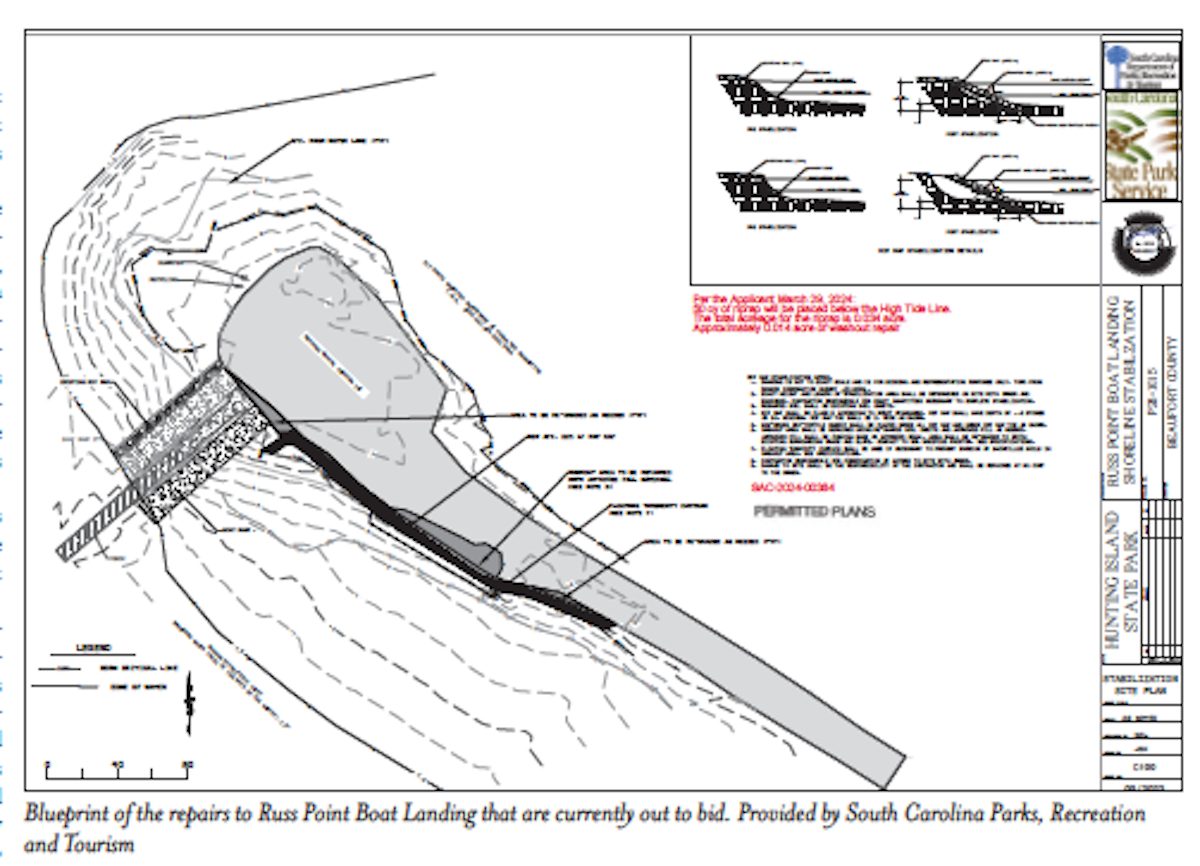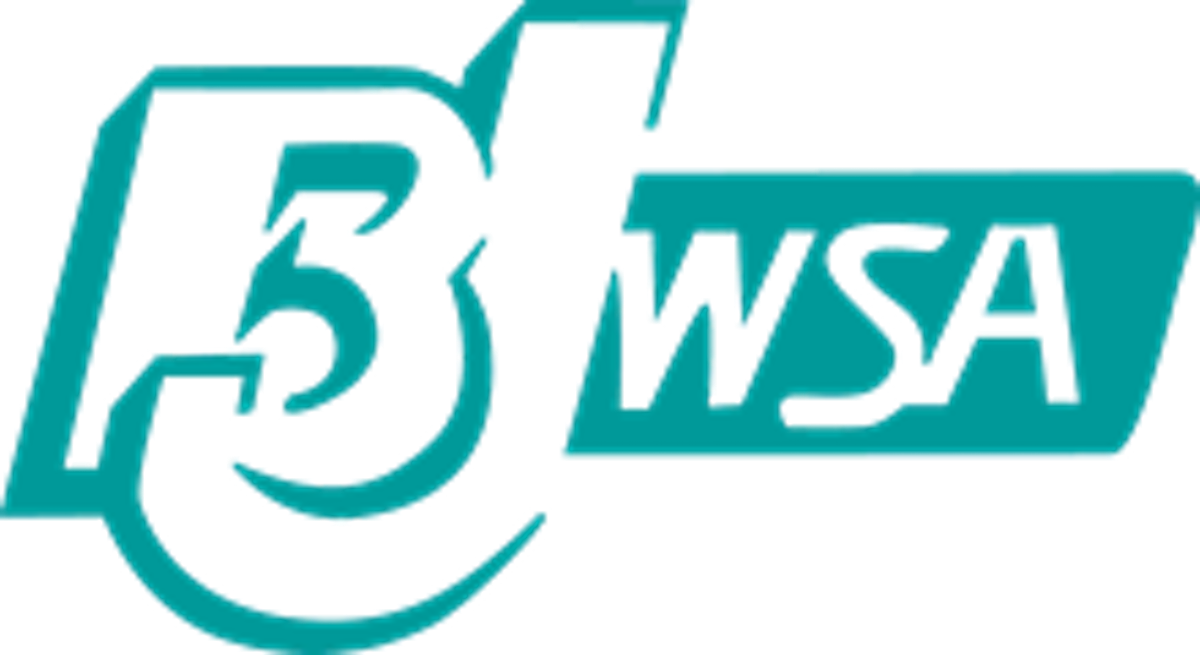By Charles Tumlin
While changes in the economy occur regularly, what we have experienced recently is anything but a “normal” change. The challenges of the current economy haven’t been seen or experienced in our country in decades. Like most investors, you may wish you could figure out some way to know when economic conditions were about to change, or what adjustments you should make in your portfolio based on current conditions. It’s a tricky topic, and even economists disagree about the nature and causes of economic cycles. But we can at least take a look at some of the issues you need to be aware of, and help familiarize you with how the economy works.
Advance or expansion
When times are good and the economy is growing, we typically see indications such as falling unemployment rates and factories taking advantage of excess capacity, to name a couple. While the news during this phase is typically positive, you may soon start to see signs of problems ahead. If inflationary pressures begin to creep in, this is typically when the Fed raises interest rates in an attempt to help keep the economy from overheating.
Peak
By the time we get to this point, the economy tends to be operating at full employment, factories have generally used up their excess capacity, and inflationary pressures are usually building. When rising labor and materials costs squeeze companies’ profit margins, the Fed will usually move more aggressively in an attempt to slow growth by raising rates to help ease inflationary pressure.
Decline, slowdown or recession
Ideally, action by the Fed to tame inflation should allow the economy to gradually adjust to a sustainable long-term growth rate without the threat of inflation. In reality, however, the combination of the Fed’s tightening and the need to correct accumulated imbalances in labor and materials supplies typically slows growth to a level that’s actually below the economy’s long-term potential. Unemployment rises, factories slow down, and inflationary pressures ease.
Trough
At this point in the cycle, inventories are depleted. The Fed lowers interest rates in an attempt to help stimulate the economy, and businesses and homeowners may consider refinancing mortgages to take advantage of lower rates. Companies will eventually purchase new equipment and expand operations, helping inventories to grow and marking the beginning of a new expansion.
As you can see, there are some telltale signs that can at least give some idea of where the economy is in its cycle. However, to make matters more complicated for you as an investor, the stock market tends to move in advance of the economy, usually in response to investors’ anticipation of what they see down the road. The biggest challenge is knowing when the shift to the next phase will occur, because predicting the market and the economy is a bit like forecasting the weather.
As an investor, your level of concern for economic fluctuations will depend on several factors. Working with a Financial Advisor could prove valuable if you decide to employ such a strategy.
This article was written by Wells Fargo Advisors and provided courtesy of Arthur Levin.
Investments in securities and insurance products are: NOT FDIC-INSURED/NOT BANK-GUARANTEED/MAY LOSE VALUE
Wells Fargo Advisors, LLC, Member SIPC, is a registered broker-dealer and a separate non-bank affiliate of Wells Fargo & Company.






